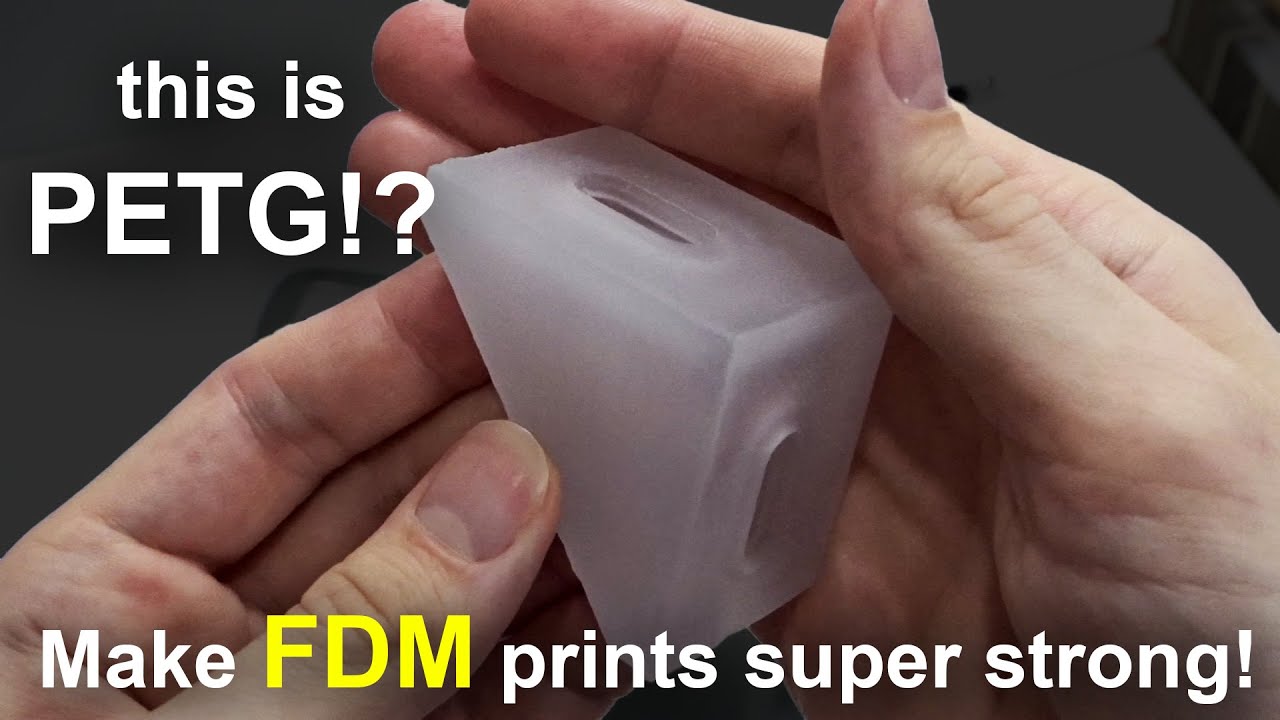The biggest problem with fused deposition 3D printing is that although the layers should stick together, they are different from the strong plastic obtained from injection molding. You can use moderate heat to anneal the plastic, but this is likely to cause the part to deform or change dimensions. [Free Spirit 1] provides a solution for this. Use powdered salt, pack the parts inside and outside, and put them in the oven. The results in the video below look really impressive.
In addition to making the parts look solid and (we assume) increased strength, the resulting prints are also watertight and airtight, which is the purpose of this work. This alone makes the technology worthwhile.
The only thing we noticed is that the part must have the right to maintain salt. Anything that is not supported will be deformed. However, the residual salt is so fine that it should fill most of the parts relatively easily, and of course it should be printed with 100% filler to avoid hollow areas inside.
[Free Spirit 1] Use a coffee grinder to get salt powder, but obviously you can buy “flour salt”. We want to know if other powders can also work well. Obviously, sand will not solve the problem, perhaps because the salt is dissolved in the water, so no matter what you use, it should be dissolved in a substance that will not attack the plastic.Annealing is not a new idea, and we would love to see some objective tests of this new method.


